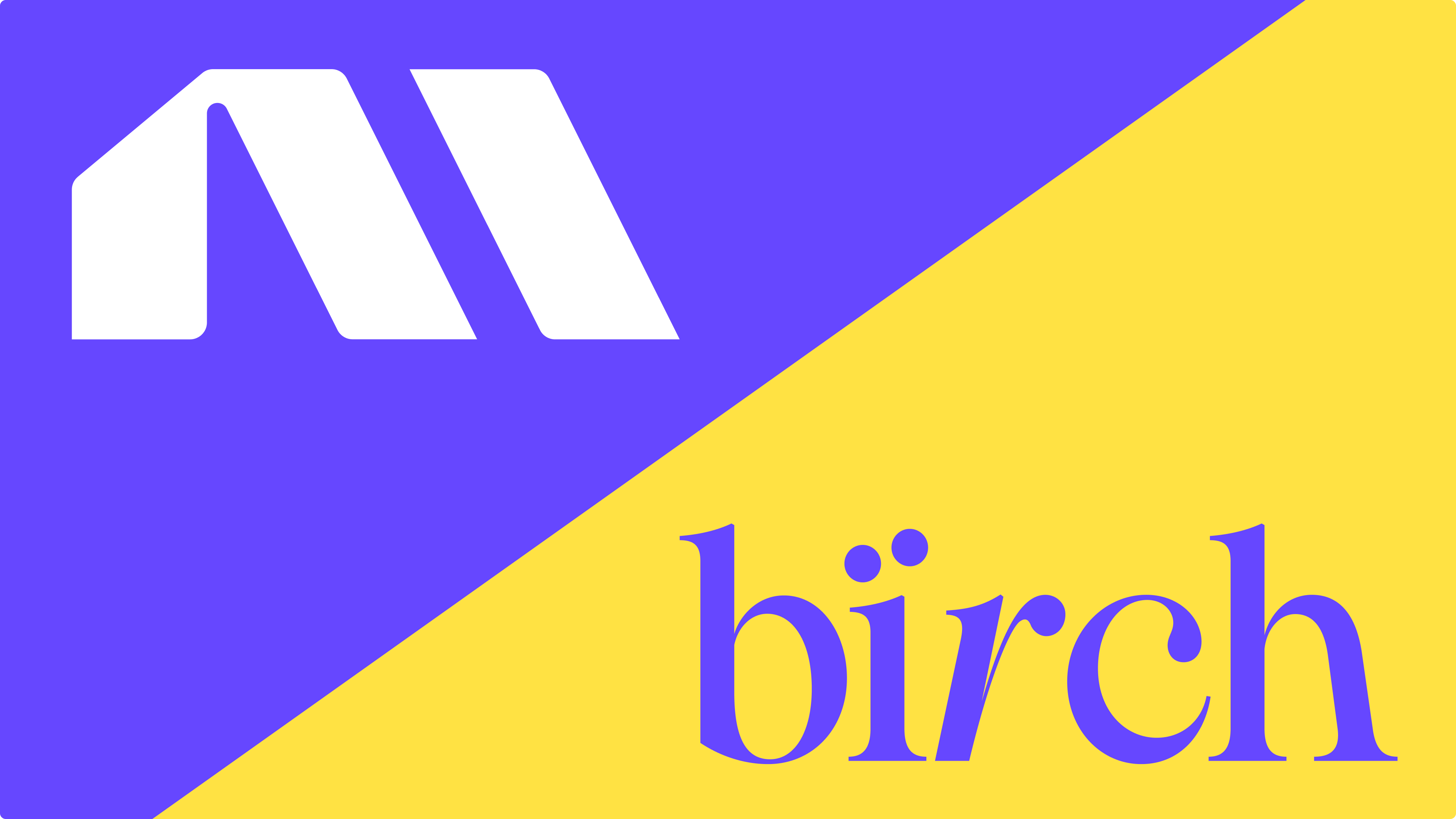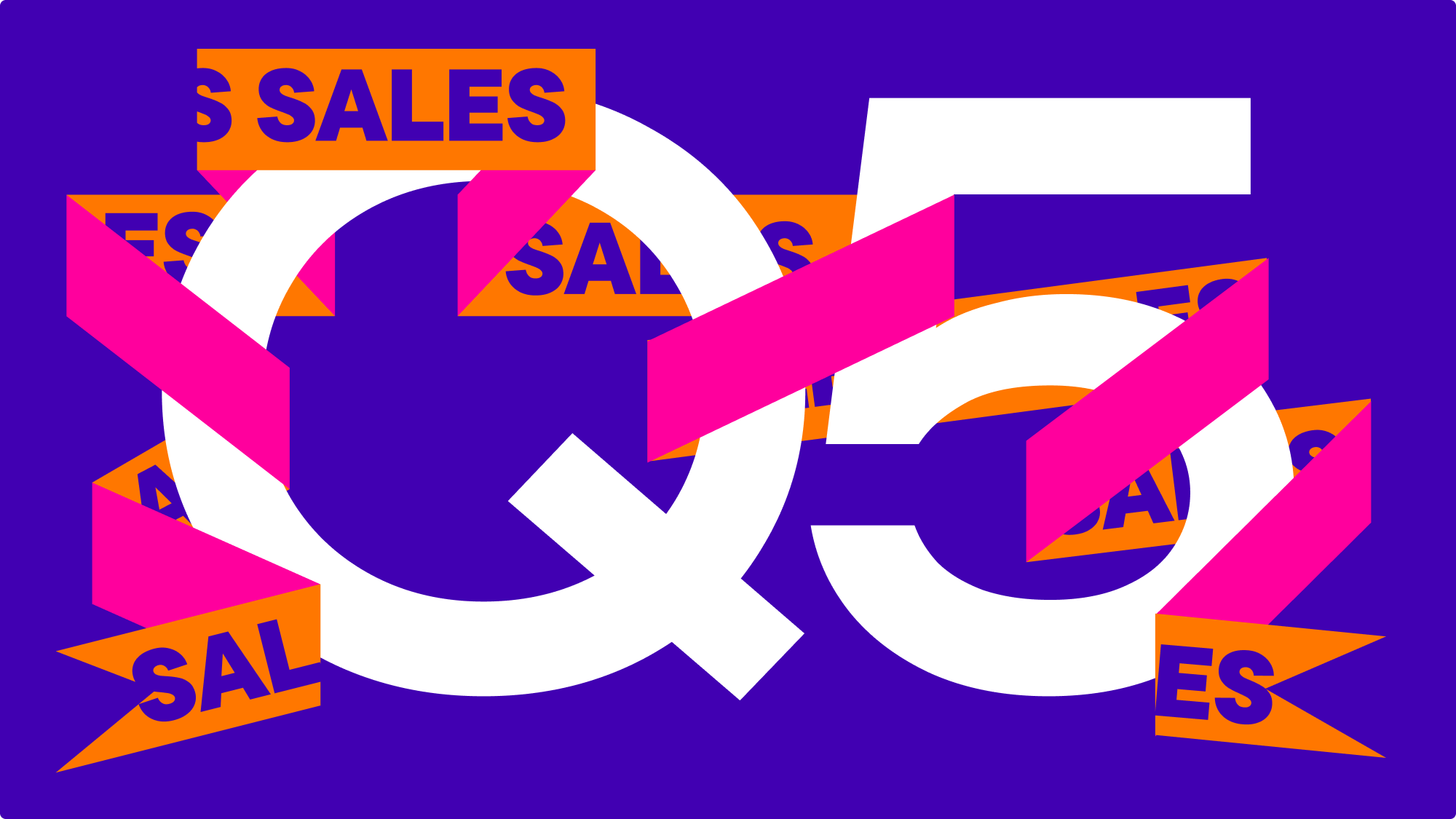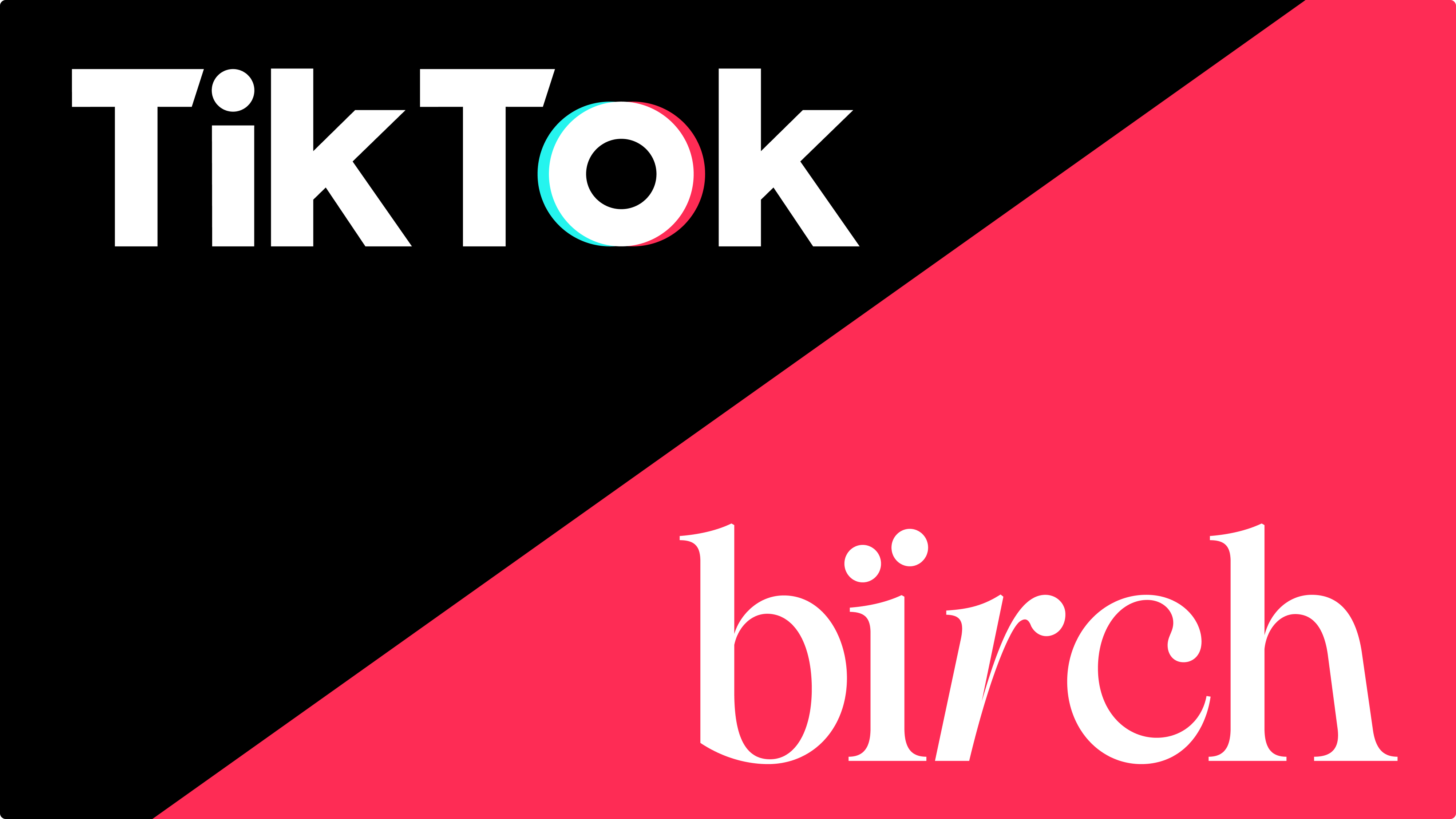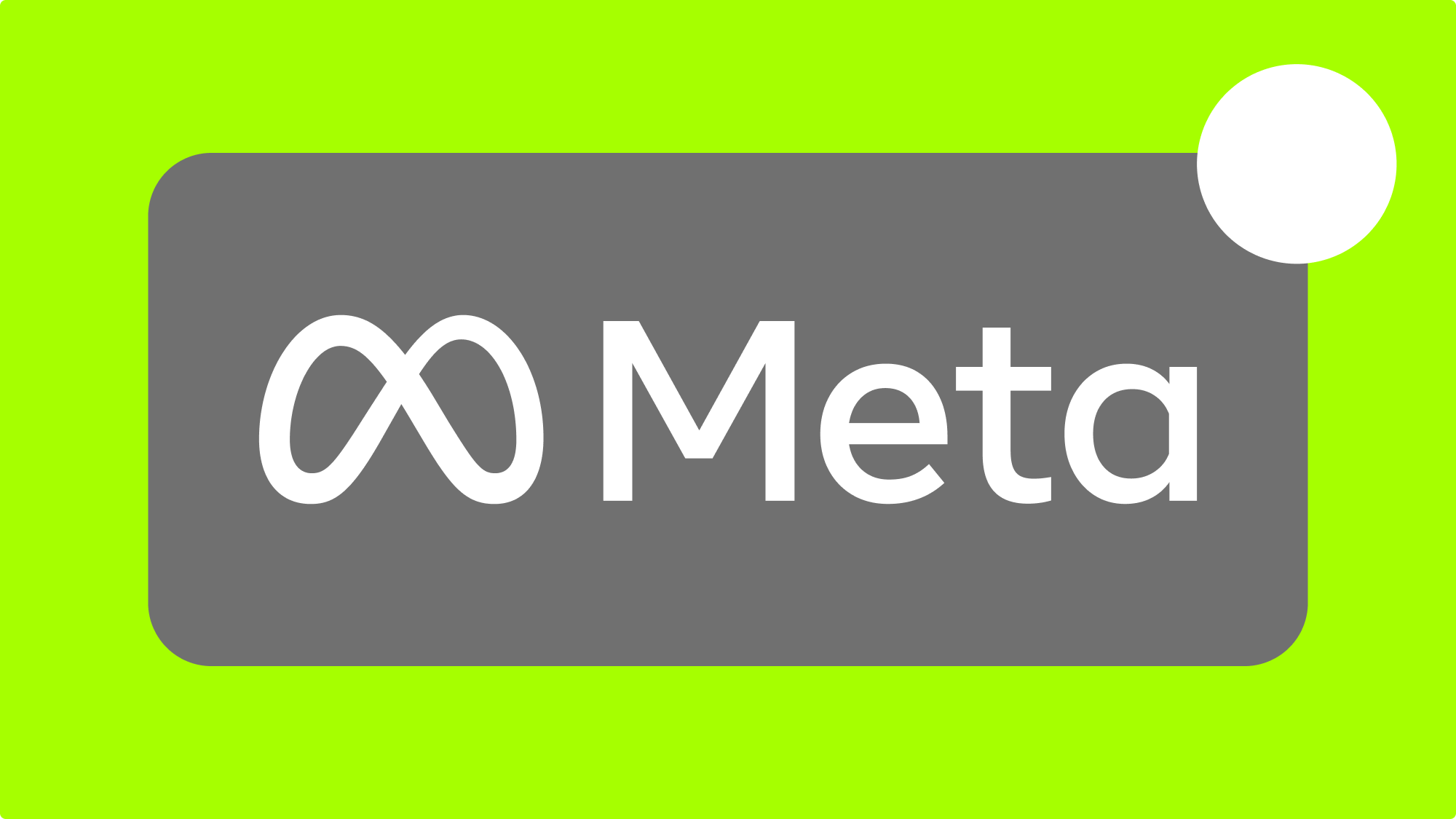Facebook is one of the best marketing channels to drive cost-efficient sales volume for any business, and especially for ecommerce and mobile apps.
Even if you have a limited budget, you can make a real improvement in sales with setting up a Facebook ad strategy with essential campaigns.
Use the Facebook Pixel
The Facebook Pixel is a simple, but powerful code snippet used to track and “identify” users on your website and measure conversions inside the Facebook Ads Manager.
Once you install the Pixel and it’s had time to collect some data, you can create custom audiences, such as previous purchasers and people who added products to their cart but didn’t purchase.
Even if you aren’t ready to launch Facebook ads just yet but plan to in the future, you should install the Pixel today so it can start collecting data right away. Installing the Pixel is free and is the essential first step to any competent Facebook ad strategy. And the bigger your data pool, the higher quality your audiences and ad targeting will be when you’re ready.
Understand your customer journeys
Before launching Facebooks ads, you should have a good understanding of a typical customer journey for your products or services.
A customer journey is the path a person takes from identifying a problem they may have to purchasing a solution. Each person follows their own journey and a good understanding of the typical journey your customers take enables you to show the right ads to the right people at the right time, saving you a lot of money and increasing your return on ad spend (ROAS).
For example, you wouldn’t want to target a blog post ad or a content ad to previous purchasers when these people are a better fit for purchase ads. On the flip-side, showing purchase ads to users who’ve just subscribed to your blog newsletter isn’t a good idea either.
A simple approach to explaining the customer journey is breaking it down into three phases:
- Awareness phase, also referred to as the top of the funnel
- Consideration phase, or middle-of-funnel
- Decision phase, or bottom-of-funnel
I’ll explain each phase now and go in more detail about how to use these phases to your advantage in your Facebook ad strategy after.
Awareness (top-of-funnel or ToF)
The people in your awareness phase or in your top-of-funnel (ToF), are people who are experiencing one or more of the problems or challenges your products/services solve. They may already or may not yet know about your brand.
In this stage, you’ll want to capture the attention of potential customers through free, educational content ads about the problem or challenge your product solves. This story could be told in the ad itself for more impulse purchases or could be an ad that leads to a blog post for products with a longer purchase cycle.


Then you can create a custom audience of people who viewed that blog post to retarget with middle or bottom-of-funnel ads.
To find top-of-funnel audiences, you can create lookalike audiences of previous purchasers and standard Facebook audiences composed of relevant interests.
Consideration (middle-of-funnel or MoF)
In the consideration stage, people know about their problem/challenge and are now weighing various methods of solving it. People in this stage want to make an intelligent choice and are interested in conducting more research.
Opt-in content for your newsletter, shopping events, giveaways, etc can work great during the consideration stage, as it creates further engagement and begins building a relationship with your potential customers.

Any type of content that requires a low-level of commitment that doesn’t cost money can be a great approach for middle-of-funnel ads.
Decision (bottom-of-funnel or BoF)
In the decision phase, people have decided on the method to solve their problem/challenge and are now evaluating different vendors or stores to make their purchase. At this point, they are most likely comparing prices and watching reviews to help make their final decision.
The best type of ads for the bottom-of-funnel are shop now style product ads. You could also advertise exclusive discounts like free shipping, buy-one-get-one-free, etc.


Create your target audiences
There are three types of advertising audiences you can make on Facebook: saved audiences, custom audiences, and lookalike audiences.
Saved audiences are audiences created based on interests, behaviors, and demographics.
Custom audiences are composed of users who interacted with your website, app, or content on Facebook.
Lookalike audiences are audiences built by targeting people who have similar attributes to people in your custom audience.
Each of these audiences can be used in all stages of your customer journeys and will all be critical in your Facebook ad strategy. So how do you use them effectively?
Start with buyer personas
You probably have some broad idea of who your ideal customer is. However, to improve your messaging, ads, and conversion rates while also minimizing costs, you’ll need to do more than rely on intuition alone.
A buyer persona is an in-depth, semi-fictional description of who your ideal buyer wants to be. Some businesses may have more than one buyer persona. The better you know your ideal customer, the better your targeting, messaging, and ad creatives.
You can start constructing a buyer persona by analyzing your Facebook Audience Insights, conducting interviews with previous purchasers, and looking for common traits among all your business’s contacts.
With knowledge of your buyer personas, you can create great saved audiences constructed with Facebook’s interests and demographics filters. These audiences can be great for your top-of-funnel ads.
Use your own customer data (custom audiences)
Custom audiences allow you to build audiences based on how people interacted with your website or Facebook content, great all phases of the customer journey and can be your most profitable audiences.
First, start with creating a previous purchaser custom audience. People who have bought before are most likely to purchase. If you have a limited budget, this should absolutely be in your audience mix.
Next, create a custom audience of people who added products to their cart but didn’t complete a purchase. These people also have a high likelihood to convert at a very good ROAS, but you may not find a lot of volume with this group.
Email subscriber lists can also be uploaded to create a custom audience. This audience is perfect for middle-of-funnel and potentially bottom-of-funnel ads.
If you have a limited budget, the best Facebook ad strategy is to start at the bottom-of-funnel and work your way up. So start with previous purchasers, add-to-carts, your existing contacts, website retargeting audiences, etc.
Best way to find new customers
Once you’ve set up your custom audience and have a pool of people who’ve already bought from you or have shown interest in your products, you can use lookalike audiences to find people with who look most like the people in your source data. Lookalike audiences are one of the most effective ways to find new customers.
When creating your lookalike audience, you can adjust the lookalike audience size from 1% to 10%, with the 1% meaning an audience that most resembles people like your source data. If you adjust it to 10%, the algorithm will find people who match your source data with up to a 10% variety and is best used when you have the budget to prioritize reach.
Depending on your source data, lookalike audiences can be used for bottom-of-funnel ads or even top-of-funnel. The closer your source data is to bottom-of-funnel audience and you use 1%, the closer your output lookalike audience will also be bottom-of-funnel.
Saved audiences are another audience type perfect for top-of-funnel. With saved audiences, you can look for audiences based on demographics, interests, life events, spending habits, digital habits, and income.
If you have the budget, you can try running bottom-of-funnel ads directly to your broad, saved audiences and rely on the power of Facebook’s algorithm to optimize the audience for you.
Make the right types of ads
You wouldn’t want to send promotional offers to someone who doesn’t even know whether your product can help them. Customizing ads for each stage of the customer journey ensures your money is well-spent and that the people who see your ads are receptive to your message.
Dynamic product ads (DPAs) for BoF
With dynamic ads, you can scale your advertising efforts when you have a lot of products and want to save money and time otherwise spent on each individual ad.
Instead of setting up individual ads, you can set up a catalog with all of your products and services. When a potential buyer shows interest in one of your products, the algorithm will automatically show them one of your products or services in a personalized ad.
Influencer-generated-content
There’s two reasons to shoot for influencer-generated-content: the influencer creates beautiful images or videos of your products, and they even advertise them to your audience.
When people think of influencers, they often picture megastars like Kylie Jenner. However, smaller influencers in highly engaged communities usually have the highest ROI. Also called micro-influencers, these content creators have communities ranging anywhere from 1,000 to 100,000 followers and will sometimes partner with you for free in exchange to keep the products you send them.
Partnering with influencers increases awareness, builds brand favorability, and also saves money on ad creation. Read our full guide on Facebook influencer marketing to learn more.
Analyze whether your Facebook advertising strategy is working
You can measure how well your Facebook ads are working by paying close attention to your return on ad spend (ROAS) and customer-acquisition-cost (CAC) or cost-per-purchase (CPP), which, if you’re using the Facebook Pixel correctly, is available directly in your Ads Manager.
Here are a few ways to maximize conversions while keeping costs low:
- Automate ad management to prevent time spent on routine tasks
- Use automation to pause spending on ads that don’t perform
- Use automation to increase the spending on high-performance ads
- Create entertaining ads, as ads with low-performance cost more to display
- Lower your costs of warming up leads by investing in content marketing
- Focus the bulk of your budget on bottom-of-funnel audiences
If you’re able to generate a strong ROAS from your Facebook ad campaigns, you should consider increasing your budget and scaling your Facebook campaigns as soon as you can handle the volume.
Plan holiday and Black Friday campaigns in advance
One quick warning about Black Friday and Q4: The cost of advertising on Facebook rises dramatically in the last three months of the year there’s a danger in waiting too long to prepare for it.
If you have the budget, start building up your retargeting lists as early as July and August as retargeting audiences usually have a lower cost to advertise to. So before the holiday season, you may want to send content ads to your saved and looked audiences to move them to retargeting audiences.
Because it’s such a unique time of the year for Facebook ads, read our full guide to Black Friday Facebook ads to learn more.
🔥
You might also be interested in: 27 Facebook Ad Examples for Ad Creative Inspiration
Key takeaways
- use the Facebook Pixel to build essential, “ready-to-buy” audiences
- understanding your customer journeys and buyer personas is essential to creating the right ads
- your ads should have different messaging depending on what stage of the funnel you’re advertising to
- for lower budgets, prioritize targeting bottom-of-funnel audiences
Facebook is one of the best marketing channels to drive cost-efficient sales volume for any business, and especially for ecommerce and mobile apps.
Even if you have a limited budget, you can make a real improvement in sales with setting up a Facebook ad strategy with essential campaigns.
Use the Facebook Pixel
The Facebook Pixel is a simple, but powerful code snippet used to track and “identify” users on your website and measure conversions inside the Facebook Ads Manager.
Once you install the Pixel and it’s had time to collect some data, you can create custom audiences, such as previous purchasers and people who added products to their cart but didn’t purchase.
Even if you aren’t ready to launch Facebook ads just yet but plan to in the future, you should install the Pixel today so it can start collecting data right away. Installing the Pixel is free and is the essential first step to any competent Facebook ad strategy. And the bigger your data pool, the higher quality your audiences and ad targeting will be when you’re ready.
Understand your customer journeys
Before launching Facebooks ads, you should have a good understanding of a typical customer journey for your products or services.
A customer journey is the path a person takes from identifying a problem they may have to purchasing a solution. Each person follows their own journey and a good understanding of the typical journey your customers take enables you to show the right ads to the right people at the right time, saving you a lot of money and increasing your return on ad spend (ROAS).
For example, you wouldn’t want to target a blog post ad or a content ad to previous purchasers when these people are a better fit for purchase ads. On the flip-side, showing purchase ads to users who’ve just subscribed to your blog newsletter isn’t a good idea either.
A simple approach to explaining the customer journey is breaking it down into three phases:
- Awareness phase, also referred to as the top of the funnel
- Consideration phase, or middle-of-funnel
- Decision phase, or bottom-of-funnel
I’ll explain each phase now and go in more detail about how to use these phases to your advantage in your Facebook ad strategy after.
Awareness (top-of-funnel or ToF)
The people in your awareness phase or in your top-of-funnel (ToF), are people who are experiencing one or more of the problems or challenges your products/services solve. They may already or may not yet know about your brand.
In this stage, you’ll want to capture the attention of potential customers through free, educational content ads about the problem or challenge your product solves. This story could be told in the ad itself for more impulse purchases or could be an ad that leads to a blog post for products with a longer purchase cycle.


Then you can create a custom audience of people who viewed that blog post to retarget with middle or bottom-of-funnel ads.
To find top-of-funnel audiences, you can create lookalike audiences of previous purchasers and standard Facebook audiences composed of relevant interests.
Consideration (middle-of-funnel or MoF)
In the consideration stage, people know about their problem/challenge and are now weighing various methods of solving it. People in this stage want to make an intelligent choice and are interested in conducting more research.
Opt-in content for your newsletter, shopping events, giveaways, etc can work great during the consideration stage, as it creates further engagement and begins building a relationship with your potential customers.

Any type of content that requires a low-level of commitment that doesn’t cost money can be a great approach for middle-of-funnel ads.
Decision (bottom-of-funnel or BoF)
In the decision phase, people have decided on the method to solve their problem/challenge and are now evaluating different vendors or stores to make their purchase. At this point, they are most likely comparing prices and watching reviews to help make their final decision.
The best type of ads for the bottom-of-funnel are shop now style product ads. You could also advertise exclusive discounts like free shipping, buy-one-get-one-free, etc.


Create your target audiences
There are three types of advertising audiences you can make on Facebook: saved audiences, custom audiences, and lookalike audiences.
Saved audiences are audiences created based on interests, behaviors, and demographics.
Custom audiences are composed of users who interacted with your website, app, or content on Facebook.
Lookalike audiences are audiences built by targeting people who have similar attributes to people in your custom audience.
Each of these audiences can be used in all stages of your customer journeys and will all be critical in your Facebook ad strategy. So how do you use them effectively?
Start with buyer personas
You probably have some broad idea of who your ideal customer is. However, to improve your messaging, ads, and conversion rates while also minimizing costs, you’ll need to do more than rely on intuition alone.
A buyer persona is an in-depth, semi-fictional description of who your ideal buyer wants to be. Some businesses may have more than one buyer persona. The better you know your ideal customer, the better your targeting, messaging, and ad creatives.
You can start constructing a buyer persona by analyzing your Facebook Audience Insights, conducting interviews with previous purchasers, and looking for common traits among all your business’s contacts.
With knowledge of your buyer personas, you can create great saved audiences constructed with Facebook’s interests and demographics filters. These audiences can be great for your top-of-funnel ads.
Use your own customer data (custom audiences)
Custom audiences allow you to build audiences based on how people interacted with your website or Facebook content, great all phases of the customer journey and can be your most profitable audiences.
First, start with creating a previous purchaser custom audience. People who have bought before are most likely to purchase. If you have a limited budget, this should absolutely be in your audience mix.
Next, create a custom audience of people who added products to their cart but didn’t complete a purchase. These people also have a high likelihood to convert at a very good ROAS, but you may not find a lot of volume with this group.
Email subscriber lists can also be uploaded to create a custom audience. This audience is perfect for middle-of-funnel and potentially bottom-of-funnel ads.
If you have a limited budget, the best Facebook ad strategy is to start at the bottom-of-funnel and work your way up. So start with previous purchasers, add-to-carts, your existing contacts, website retargeting audiences, etc.
Best way to find new customers
Once you’ve set up your custom audience and have a pool of people who’ve already bought from you or have shown interest in your products, you can use lookalike audiences to find people with who look most like the people in your source data. Lookalike audiences are one of the most effective ways to find new customers.
When creating your lookalike audience, you can adjust the lookalike audience size from 1% to 10%, with the 1% meaning an audience that most resembles people like your source data. If you adjust it to 10%, the algorithm will find people who match your source data with up to a 10% variety and is best used when you have the budget to prioritize reach.
Depending on your source data, lookalike audiences can be used for bottom-of-funnel ads or even top-of-funnel. The closer your source data is to bottom-of-funnel audience and you use 1%, the closer your output lookalike audience will also be bottom-of-funnel.
Saved audiences are another audience type perfect for top-of-funnel. With saved audiences, you can look for audiences based on demographics, interests, life events, spending habits, digital habits, and income.
If you have the budget, you can try running bottom-of-funnel ads directly to your broad, saved audiences and rely on the power of Facebook’s algorithm to optimize the audience for you.
Make the right types of ads
You wouldn’t want to send promotional offers to someone who doesn’t even know whether your product can help them. Customizing ads for each stage of the customer journey ensures your money is well-spent and that the people who see your ads are receptive to your message.
Dynamic product ads (DPAs) for BoF
With dynamic ads, you can scale your advertising efforts when you have a lot of products and want to save money and time otherwise spent on each individual ad.
Instead of setting up individual ads, you can set up a catalog with all of your products and services. When a potential buyer shows interest in one of your products, the algorithm will automatically show them one of your products or services in a personalized ad.
Influencer-generated-content
There’s two reasons to shoot for influencer-generated-content: the influencer creates beautiful images or videos of your products, and they even advertise them to your audience.
When people think of influencers, they often picture megastars like Kylie Jenner. However, smaller influencers in highly engaged communities usually have the highest ROI. Also called micro-influencers, these content creators have communities ranging anywhere from 1,000 to 100,000 followers and will sometimes partner with you for free in exchange to keep the products you send them.
Partnering with influencers increases awareness, builds brand favorability, and also saves money on ad creation. Read our full guide on Facebook influencer marketing to learn more.
Analyze whether your Facebook advertising strategy is working
You can measure how well your Facebook ads are working by paying close attention to your return on ad spend (ROAS) and customer-acquisition-cost (CAC) or cost-per-purchase (CPP), which, if you’re using the Facebook Pixel correctly, is available directly in your Ads Manager.
Here are a few ways to maximize conversions while keeping costs low:
- Automate ad management to prevent time spent on routine tasks
- Use automation to pause spending on ads that don’t perform
- Use automation to increase the spending on high-performance ads
- Create entertaining ads, as ads with low-performance cost more to display
- Lower your costs of warming up leads by investing in content marketing
- Focus the bulk of your budget on bottom-of-funnel audiences
If you’re able to generate a strong ROAS from your Facebook ad campaigns, you should consider increasing your budget and scaling your Facebook campaigns as soon as you can handle the volume.
Plan holiday and Black Friday campaigns in advance
One quick warning about Black Friday and Q4: The cost of advertising on Facebook rises dramatically in the last three months of the year there’s a danger in waiting too long to prepare for it.
If you have the budget, start building up your retargeting lists as early as July and August as retargeting audiences usually have a lower cost to advertise to. So before the holiday season, you may want to send content ads to your saved and looked audiences to move them to retargeting audiences.
Because it’s such a unique time of the year for Facebook ads, read our full guide to Black Friday Facebook ads to learn more.
🔥
You might also be interested in: 27 Facebook Ad Examples for Ad Creative Inspiration
Key takeaways
- use the Facebook Pixel to build essential, “ready-to-buy” audiences
- understanding your customer journeys and buyer personas is essential to creating the right ads
- your ads should have different messaging depending on what stage of the funnel you’re advertising to
- for lower budgets, prioritize targeting bottom-of-funnel audiences

















